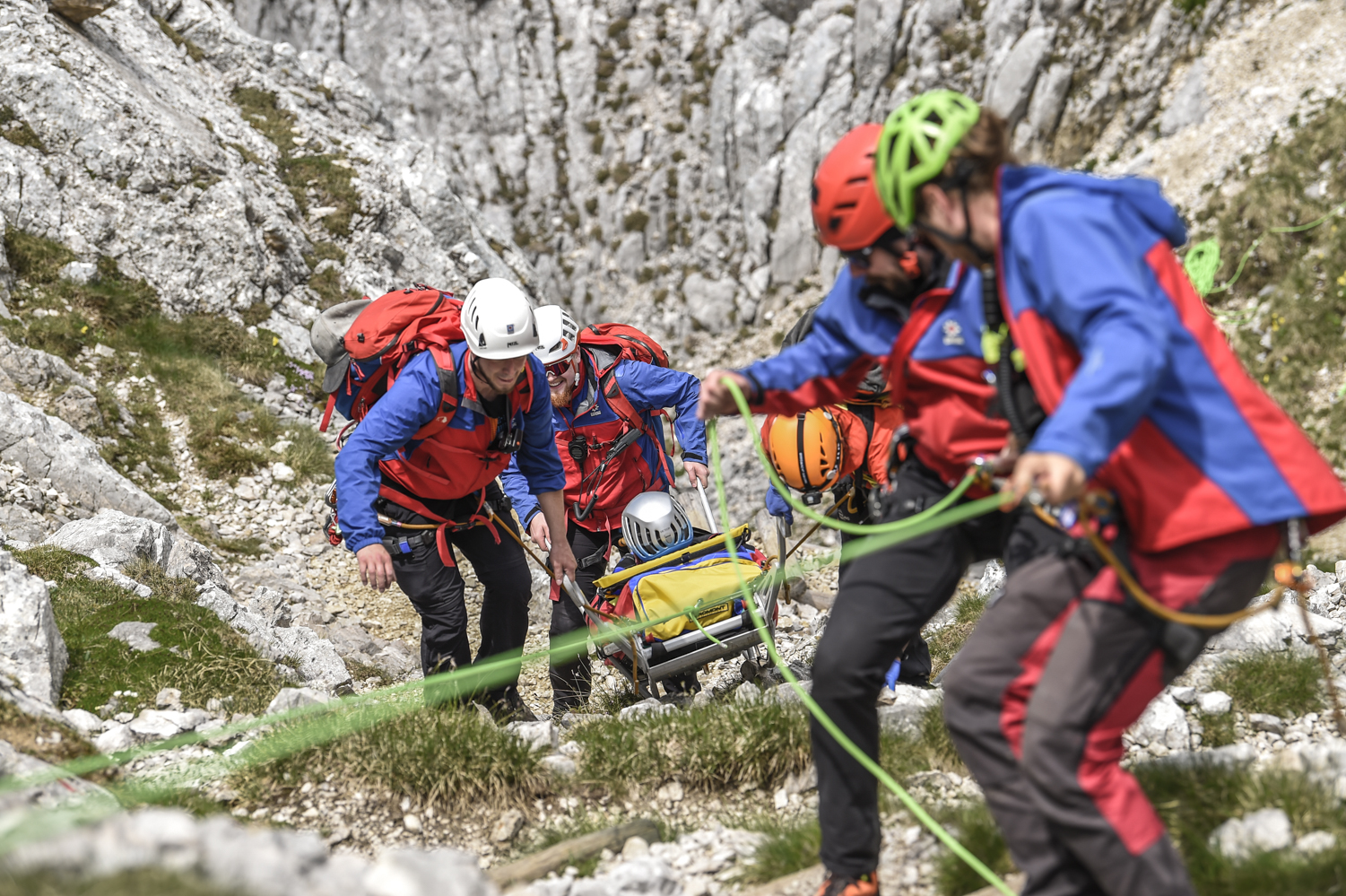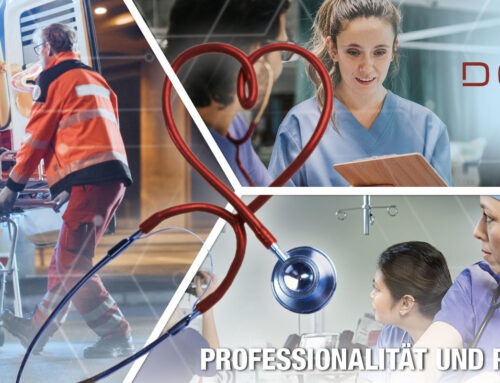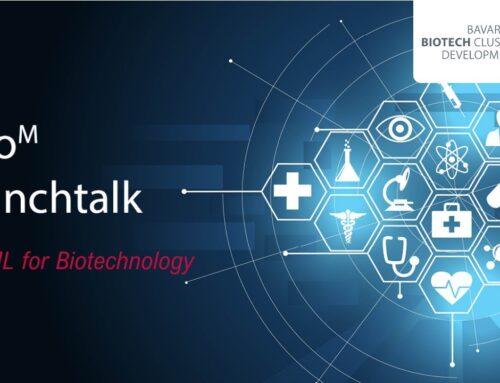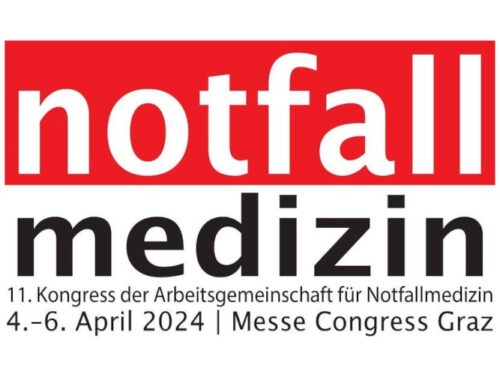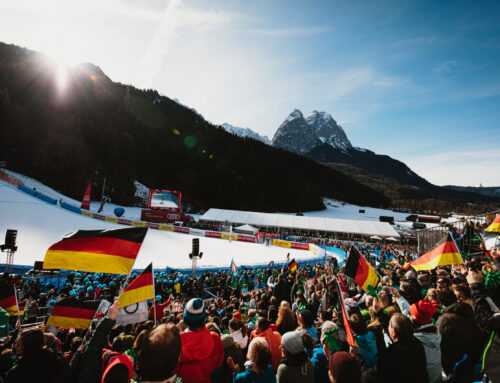April 20, 2024
Language: German
Location: Mountain rescue center for safety and training, Bad Tölz
On April 20, the Bavarian Mountain Rescue Service is organizing the “Team Meeting Emergency Medicine” at the Mountain Rescue Center for Safety and Training in Bad Tölz. We are delighted to have been invited to present our patient monitoring technology and its successful use in mountain rescue operations at this meeting!
From the base to the top: Emergency Medicine Mountain Rescue Bavaria
Around 150 representatives from a total of 109 rescue teams from all over Bavaria will take part in the event. As a forum for medical and non-medical emergency physicians from Bergwacht Bayern, the “Team-Treff Notfallmedizin” offers participants the ideal opportunity to get to know each other and talk to each other. The Emergency Medicine Committee of the Bavarian Mountain Rescue Service will present its work and address specialist medical topics. The aim is to create a common mental model of emergency medicine in the Bavarian Mountain Rescue Service – from the base to the top of the organization.
Ultralight and mobile patient monitoring
We are pleased to present our system for mobile patient monitoring to the representatives of the Bavarian Mountain Rescue Service – based on the 6.5 gram in-ear sensor, c-med° alpha, and the application for mobile devices, cosinuss° Health. In the app for smartphones and tablets, the measured vital parameters (SpO2, body temperature and pulse rate) as well as the perfusion and quality index of the person being monitored can be kept in view at all times in addition to the PPG curve. The monitoring technology has already been tested several times in various studies and pilot projects in air and mountain rescue and has been used very successfully in remote monitoring projects. In a technical feasibility study conducted by the Ludwig Maximilian University of Munich together with the Bavarian Mountain Rescue Service and the Mountain Rescue Center for Safety and Training, several tests were carried out to determine whether the use of in-ear sensors for monitoring the body temperature, heart rate and oxygen saturation of the blood of people injured in alpine accidents can be reliably implemented even under extreme climatic conditions and under the influence of external factors during transport (see references).
Bergwacht Bayern and Mountain Rescue Center for Safety and Training
As part of the Bavarian Red Cross, the Bavarian Mountain Rescue Service consists of 3,500 volunteer mountain rescuers who provide round-the-clock rescue services in the Bavarian Alps, low mountain ranges and caves, as well as being active in disaster control and environmental protection. They carry out 8,500 rescue missions every year. The organization has 109 rescue teams and 95 rescue stations, supported by seven branch offices and a training center in Bad Tölz.
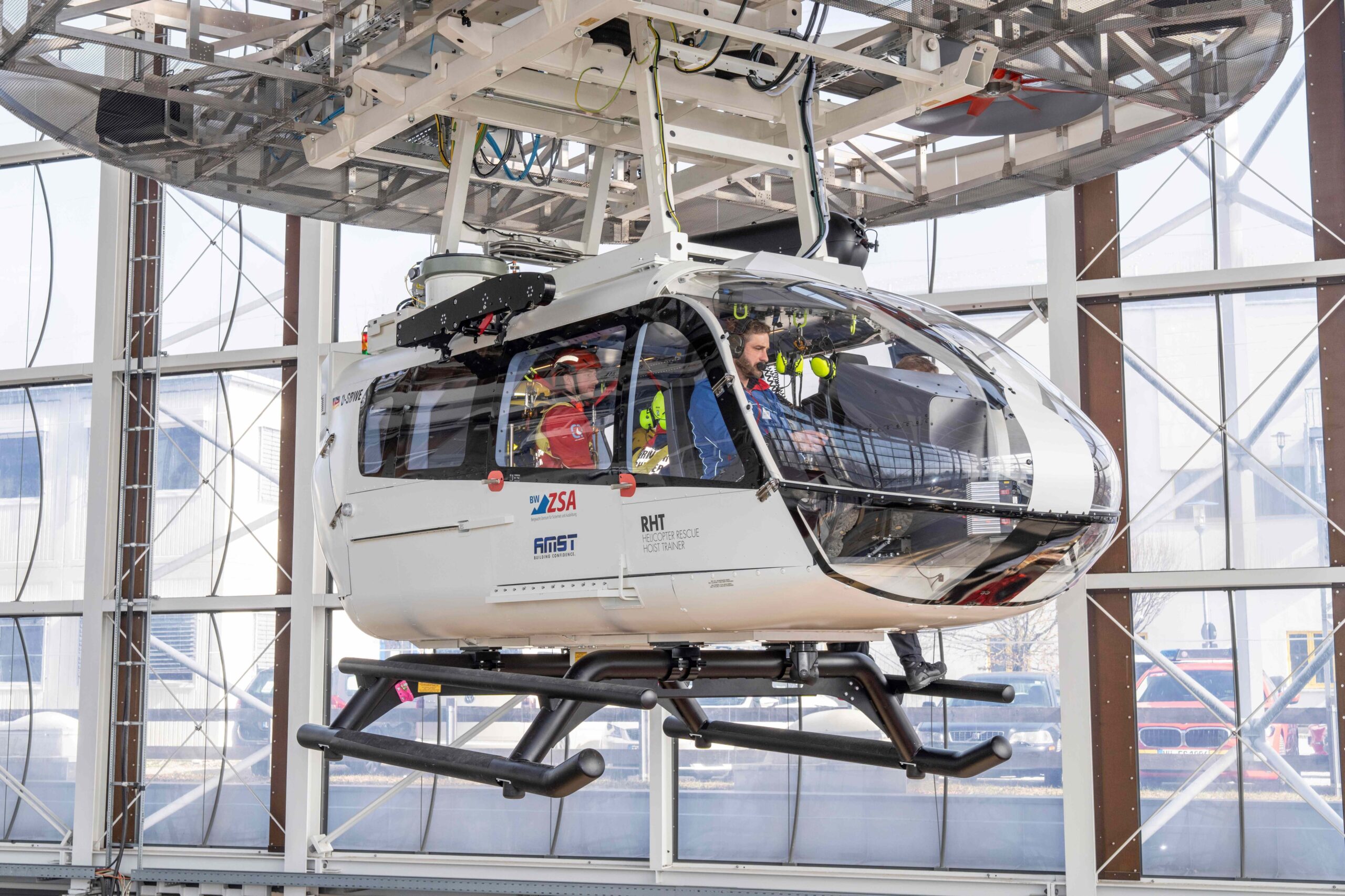
State-of-the-art H145 helicopter flight simulator at the mountain rescue center for safety and training in Bad Tölz – Photo Credit: Bergwacht Bayern / Wolfgang Kronwitter
The state-of-the-art and technologically well-equipped mountain rescue center for safety and training in Bad Tölz is an innovation center for education and training under real conditions according to the highest standards. Comprehensive training opportunities are offered here, including the latest generation of flight simulators and a mountain weather room that enables the simulation of real extreme weather scenarios. Through close cooperation with the mountain rescue, air rescue, water rescue, police and fire department, the center acts as a central point of contact for organizations from Bavaria, Germany and the whole of Europe.
Further links
Photo Credit Featured Image: Outdoor exercise by the AGAM Alpine Medicine Working Group (LMU). Bergwacht Bayern / Peter Musch
